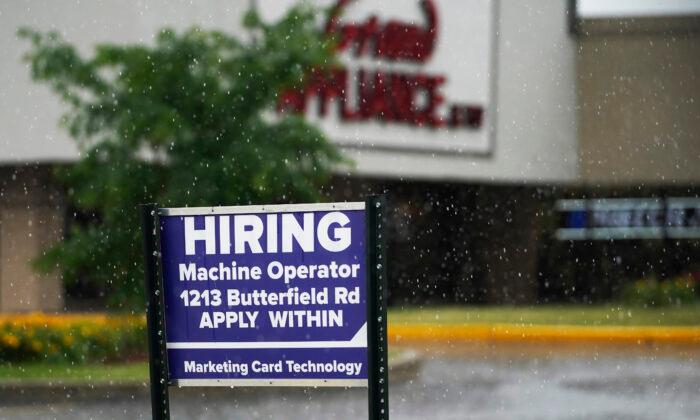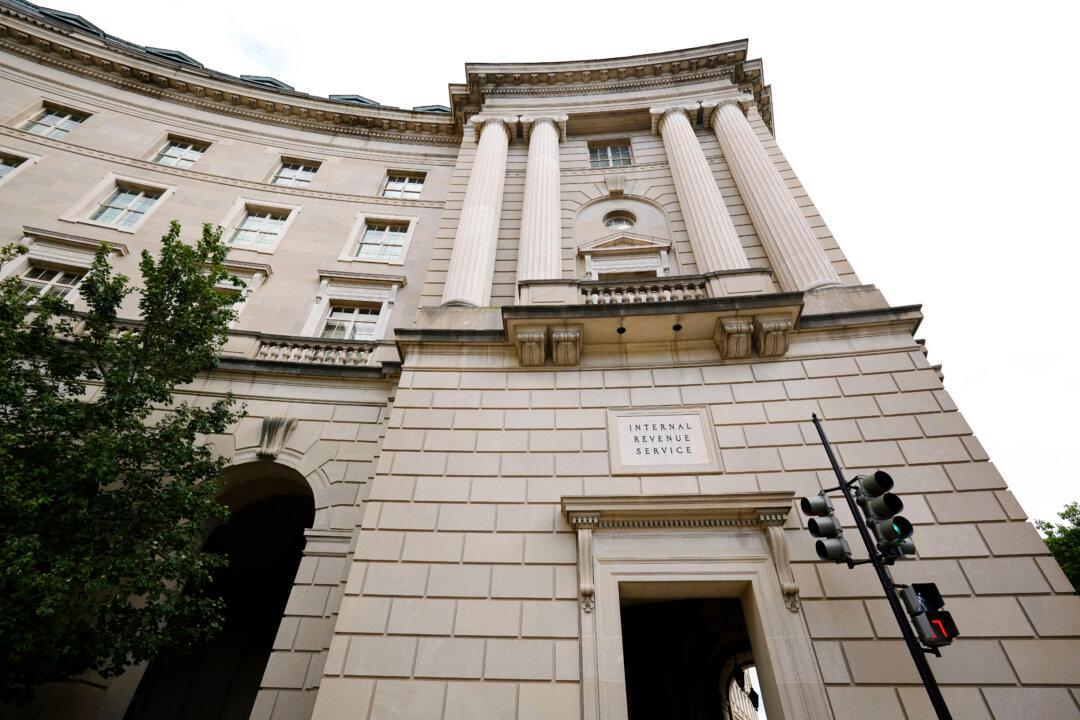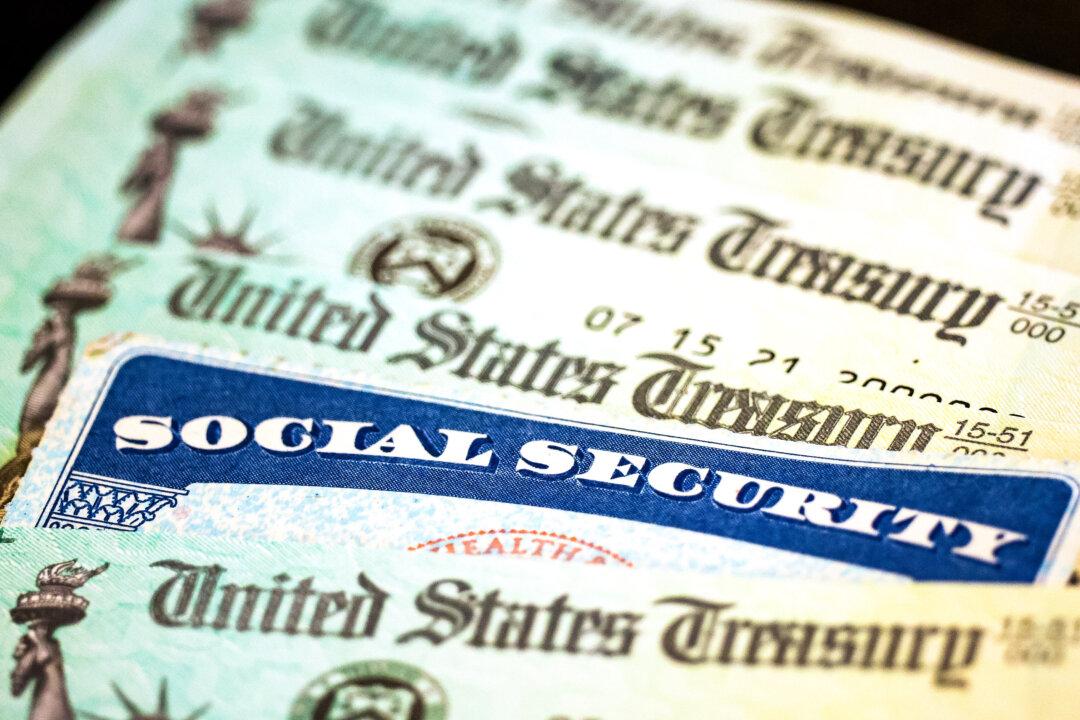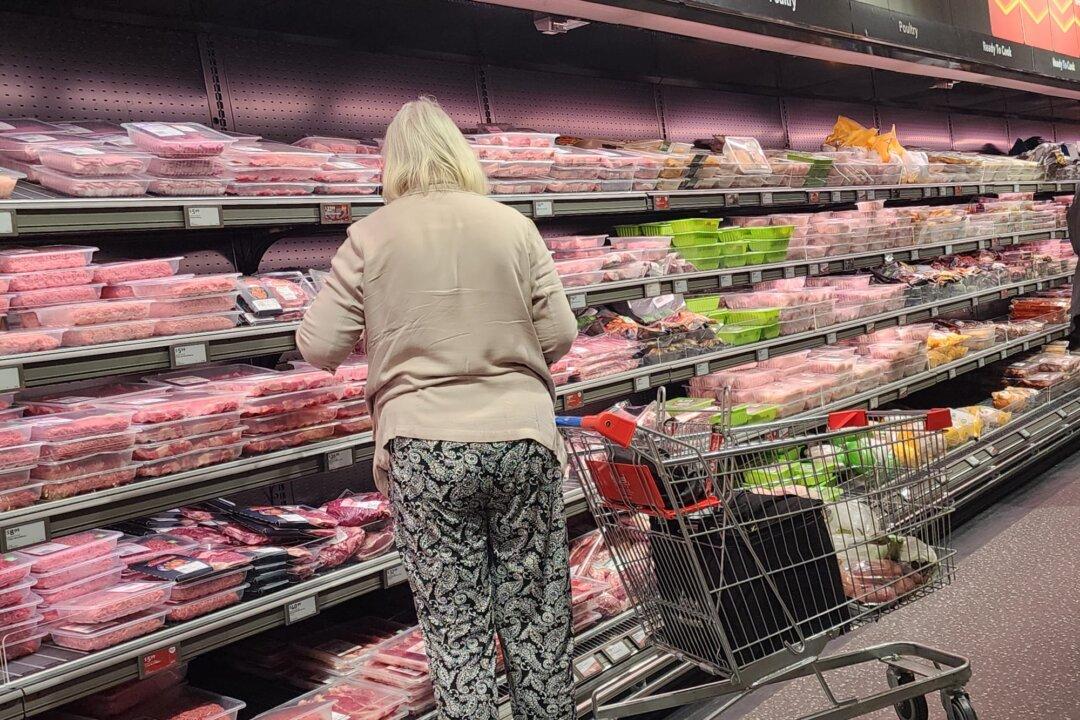The number of Americans filing for new unemployment benefit claims declined for the week ending on May 28, according to the latest data from the U.S. Labor Department.
The advance figure for seasonally adjusted initial claims was 200,000, down 11,000 from the previous week’s revised total of 211,000.
The four-week moving average was 206,500 new claims, down 500 from the previous week’s revised average of 207,000, the Labor Department stated.
The advance number for seasonally adjusted insured unemployment for the week ending on May 21 was 1.31 million, dropping by 34,000. This is the lowest level for insured unemployment since 1969. The seasonally adjusted insured unemployment rate was 0.9 percent, down by 0.1 percentage points compared to the previous week.
For the week ending on May 14, the states and U.S. territories with the highest insured unemployment rates were California with 2 percent, New Jersey with 1.9 percent, Alaska with 1.7 percent, New York with 1.4 percent, Puerto Rico with 1.4 percent, and Illinois, Massachusetts, Pennsylvania, Rhode Island, and the Virgin Islands with 1.2 percent each.
Missouri registered the largest increase in initial claims for the week ending on May 21 with 1,178 claims. This was followed by Georgia with 606 claims, Mississippi with 481 claims, Texas with 426 claims, and North Carolina with 322 claims.
The largest decline was in California, where there was a decrease of 6,119 claims, followed by Illinois with a decrease of 4,082 claims, Kentucky with a decrease of 3,578 claims, New York with a decrease of 1,450 claims, and Michigan with a decrease of 524 claims.
The central bank is also attempting to ease labor demand without pushing the rate of unemployment too high.
“Job gains across the country are slowing, but few workers are actually losing their jobs,” Christopher Rupkey, chief economist at FWDBONDS in New York, told Reuters. “This isn’t a soft landing or a hard landing for the economy yet. No sign of company layoffs means the labor market isn’t loosening up as much as Fed officials were hoping.”
Some researchers suggest that the true unemployment rate might not be what official data show, Fox Business reported.
The “functionally unemployed” include individuals who wish to work but don’t have a full-time job or those who earn less than $20,000 per year prior to taxes.






Friends Read Free